Skype: neodalle-travel
Tel: +86 135 7447 2266
E-mail: sales@visitaroundchina.com
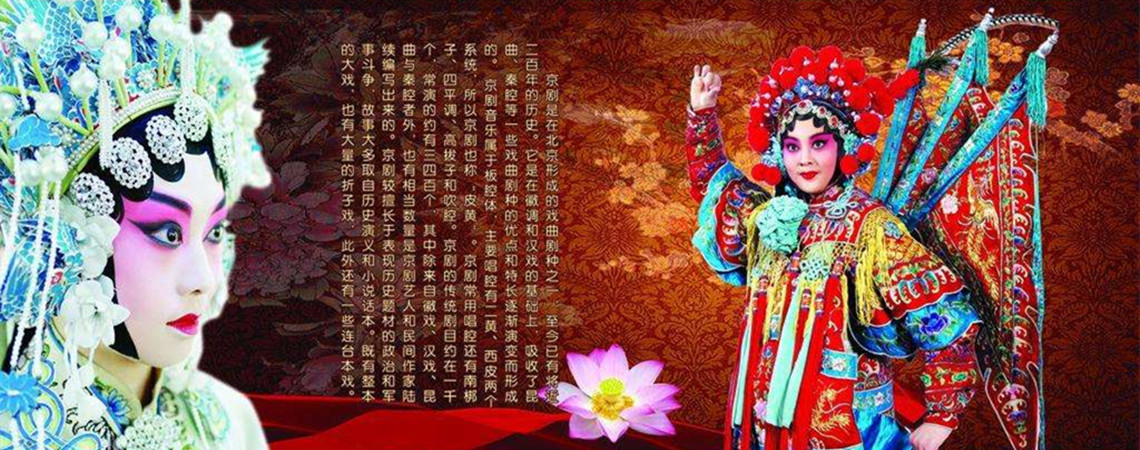
Chiese Folk Dance
Since its birth, this primitive art form has become a loyal companion of mankind on his passage from childhood to adulthood, from ignorance to enlightenment. During this process, different societies and cultures in different periods all left their prints or deep marks in the art of music and dance. Thus, the ancient dance culture offers extensive fields and viewpoints for research and explorations on not only art history, but also the forms of human production, living style, religions, folk customs, ethics, morality, aesthetic views, even the political culture.
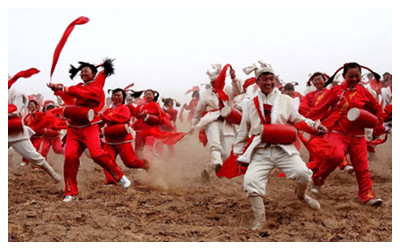 |
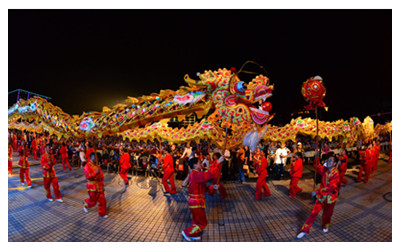 |
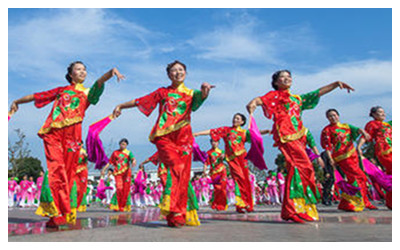 |
| Ansai Waist Drum Dance | Chinese Dragon Dance | Yangge |
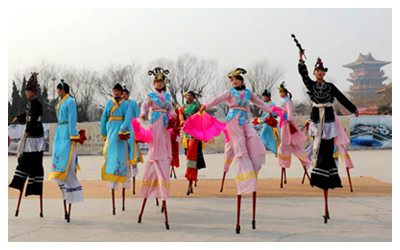 |
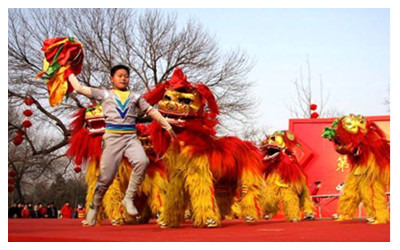 |
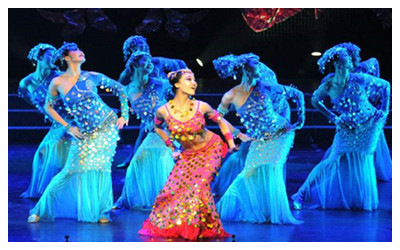 |
| Gaoqiao dance | Lion Dance | Fish Dance |
Dances of Different Nationalities
We are boating on the long river of history and impressed by the brilliance of ancient dancers. Time goes by, we can no longer see their dances. However, in the vast land of China-in remote mountainous villages, on broad pasture land, in red valleys, on the blue sea, among dense forests, along the endless silk road-we can still feel their dancing arts.
Chinese Classical Dance
The ancient dance of China went through embryo and childhood stages in a primitive society. It became ripe at about the Bronze Age. Through further development in the feudal society, especially after the Han Dynasty, the dance culture reached its peak in the Tang Dynasty. After the Song Dynasty, it entered a transformation period as a result of the changes in the entire art field.
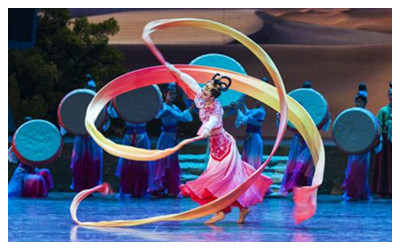 |
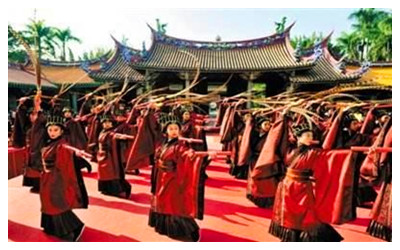 |
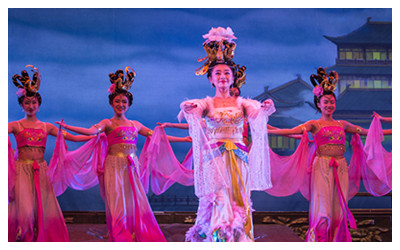 |
| Jiyue Dance | Yayue Dance | The Dance in Feathery Clothing |
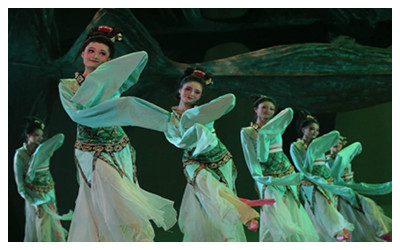 |
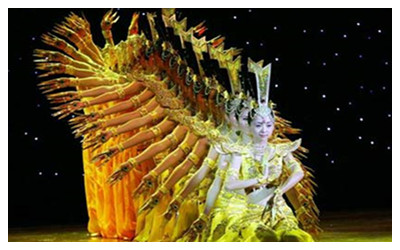 |
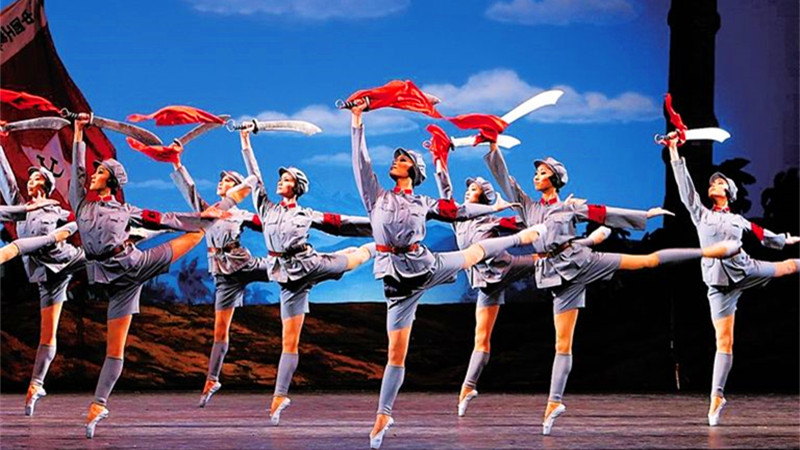 |
| Tage, Dancing to The Beat | Qianshou Guanyin Dance | Chinese Ballet |
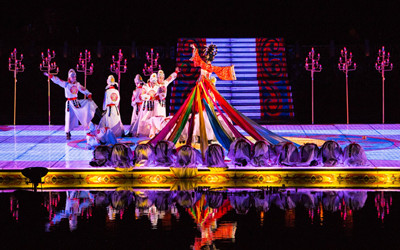 |
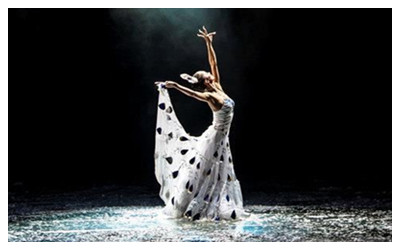 |
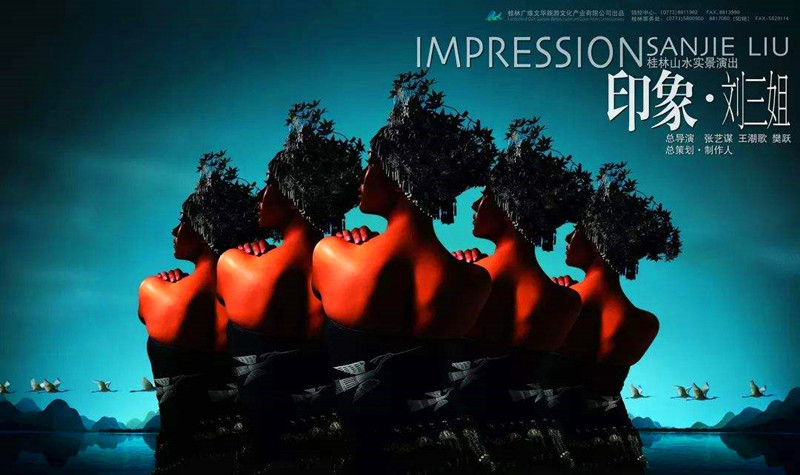 |
| Tang Dynasty Music and Dance | Yunnan Folk Dance | Impression of Liu Sanjie |
Within Music and dance are the deepest consciousness of national spirits. China has a vast territory and has many nationalities. The diversified natural environment and cultural traditions together with different developing processes have painted a magnificent Fig. for the Chinese dance Culture. Chinese dance is no doubt the fruit of the Chinese nation's wisdom and soul combined.
Chinese dance possesses numerous types, with each nationality, each region and each type of dance carrying unique features and savors. Yet it is also easy to discover that Chinese dance is actually an integral body with common spirits and views. The frequent communication and assimilation between different ethnic groups and regions, the different dance fields between entertainment for others and self-entertainment, professional and amateur, religious and worldly, royal and grassroots, etc., have all melted and become one in another. Dances for rituals, performances, social contacts, education, clans, trades, etc., all take up an important and indispensable place in the garden of dances. In the Chinese dance tradition, the elegant official dance, the dance by folk troupes, the dance of folk customs, and the dance on religious occasions were the most important.
 Ask Questions ?
Ask Questions ?